The Road Speed Limiter Market is currently characterized by a dynamic competitive landscape, driven by regulatory pressures and an increasing emphasis on road safety. Key players such as Wabco (Belgium), Continental (Germany), and Daimler AG (Germany) are strategically positioning themselves through innovation and partnerships. Wabco (Belgium) has focused on enhancing its technological capabilities, particularly in advanced driver assistance systems, which align with the growing demand for integrated safety solutions. Meanwhile, Continental (Germany) has been actively pursuing regional expansion, particularly in emerging markets, to capitalize on the rising adoption of speed limiters in commercial vehicles. Daimler AG (Germany) appears to be leveraging its strong brand presence to foster collaborations with local governments, thereby enhancing its market penetration and influence.
The business tactics employed by these companies reflect a concerted effort to optimize supply chains and localize manufacturing. The Road Speed Limiter Market is moderately fragmented, with several players vying for market share. However, the collective influence of major companies like Scania (Sweden) and ZF Friedrichshafen AG (Germany) is notable, as they contribute to shaping industry standards and driving technological advancements. This competitive structure suggests that while individual companies may have distinct strategies, their actions collectively influence market dynamics and consumer expectations.
In August 2025, Scania (Sweden) announced a partnership with a leading technology firm to develop next-generation speed limiter systems that integrate AI for real-time traffic analysis. This strategic move is significant as it positions Scania at the forefront of innovation, potentially enhancing the safety and efficiency of its vehicles. The integration of AI could lead to more adaptive speed limiting solutions, which may resonate well with regulatory bodies and fleet operators alike.
In September 2025, ZF Friedrichshafen AG (Germany) unveiled a new line of speed limiter products designed specifically for electric vehicles. This initiative reflects a growing trend towards electrification in the automotive sector and underscores ZF's commitment to sustainability. By aligning its product offerings with the shift towards electric mobility, ZF is likely to capture a segment of the market that is increasingly focused on eco-friendly solutions.
In October 2025, Continental (Germany) launched a comprehensive digital platform aimed at enhancing fleet management through advanced speed limiter functionalities. This platform not only optimizes vehicle performance but also provides fleet operators with valuable data analytics. The strategic importance of this launch lies in its potential to transform how speed limiters are perceived, shifting the focus from mere compliance to a tool for operational efficiency and cost savings.
As of October 2025, the competitive trends in the Road Speed Limiter Market are increasingly defined by digitalization, sustainability, and the integration of AI technologies. Strategic alliances among key players are shaping the landscape, fostering innovation and enhancing product offerings. Looking ahead, it is anticipated that competitive differentiation will evolve, with a pronounced shift from price-based competition to a focus on technological innovation, reliability in supply chains, and the ability to meet stringent regulatory requirements.


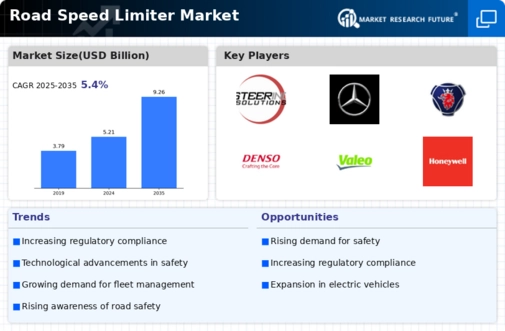
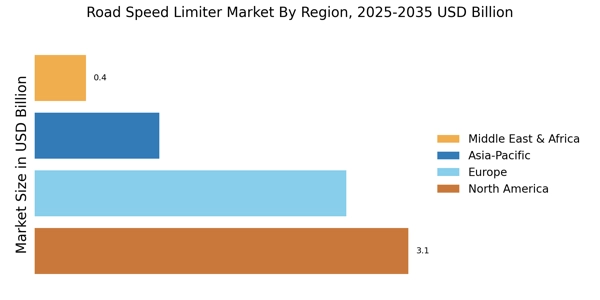

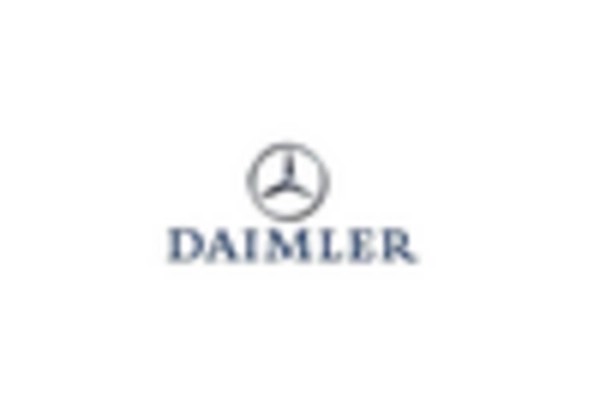
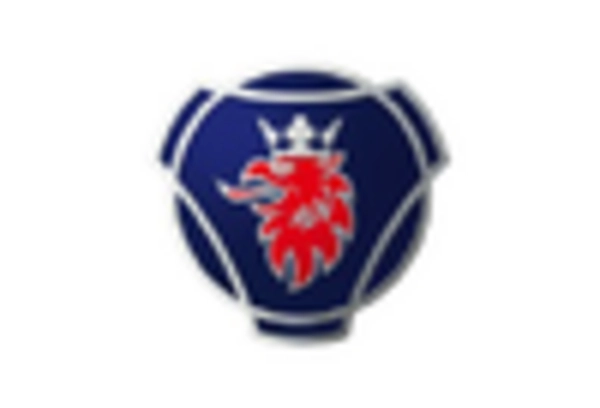
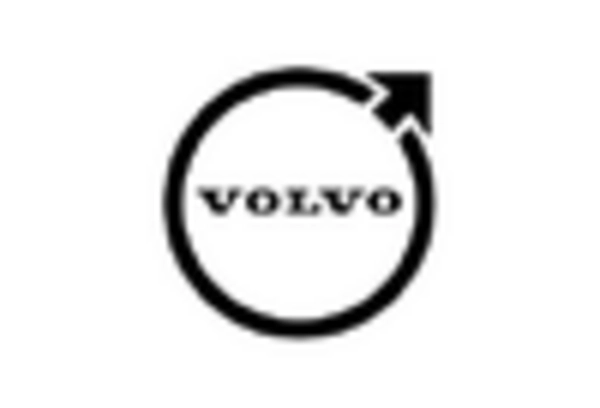
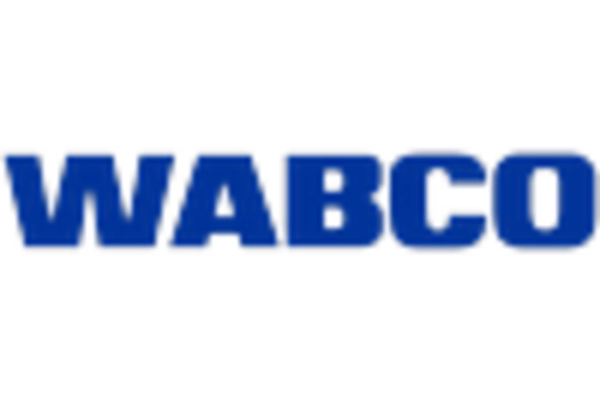









Leave a Comment